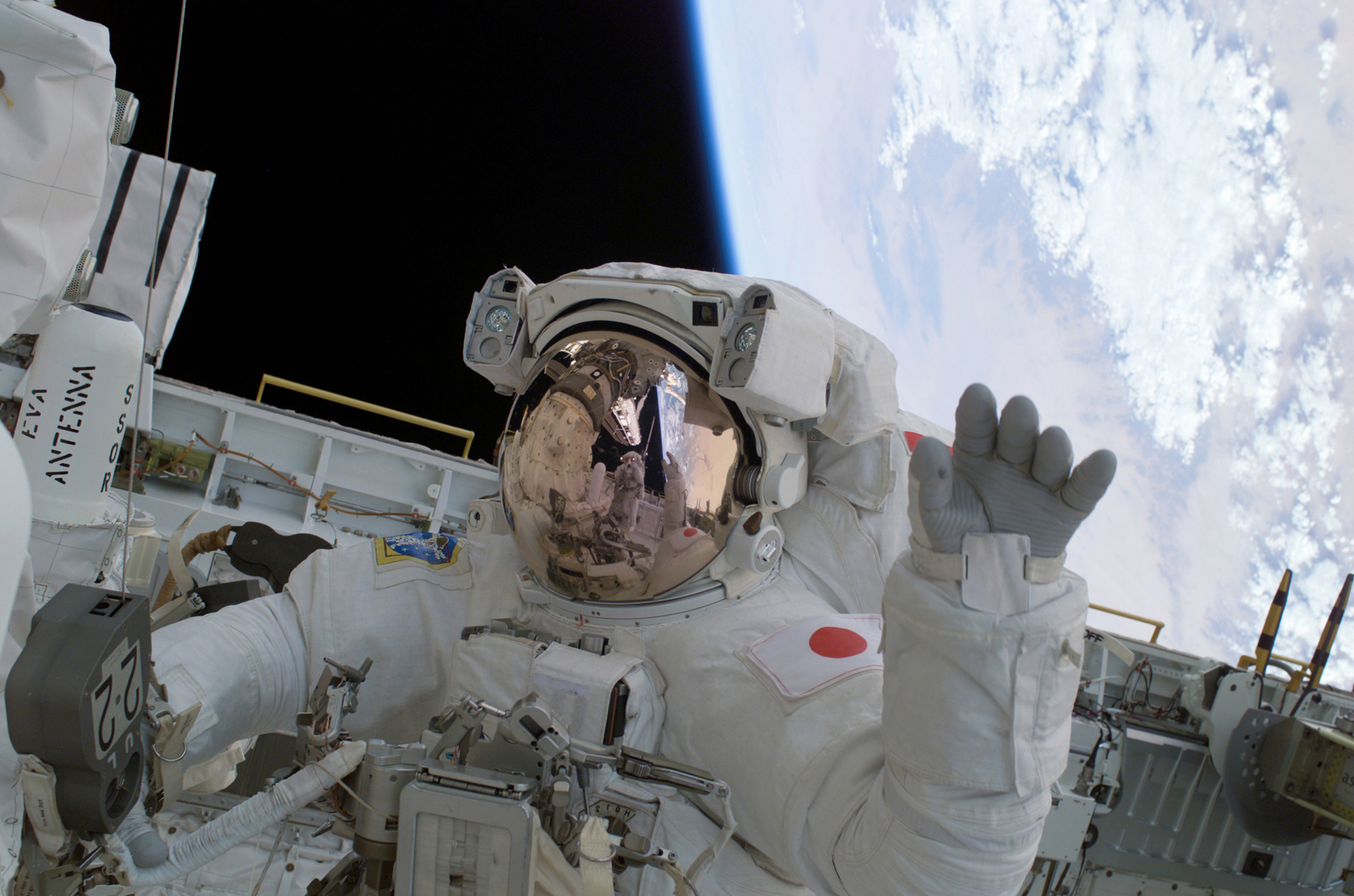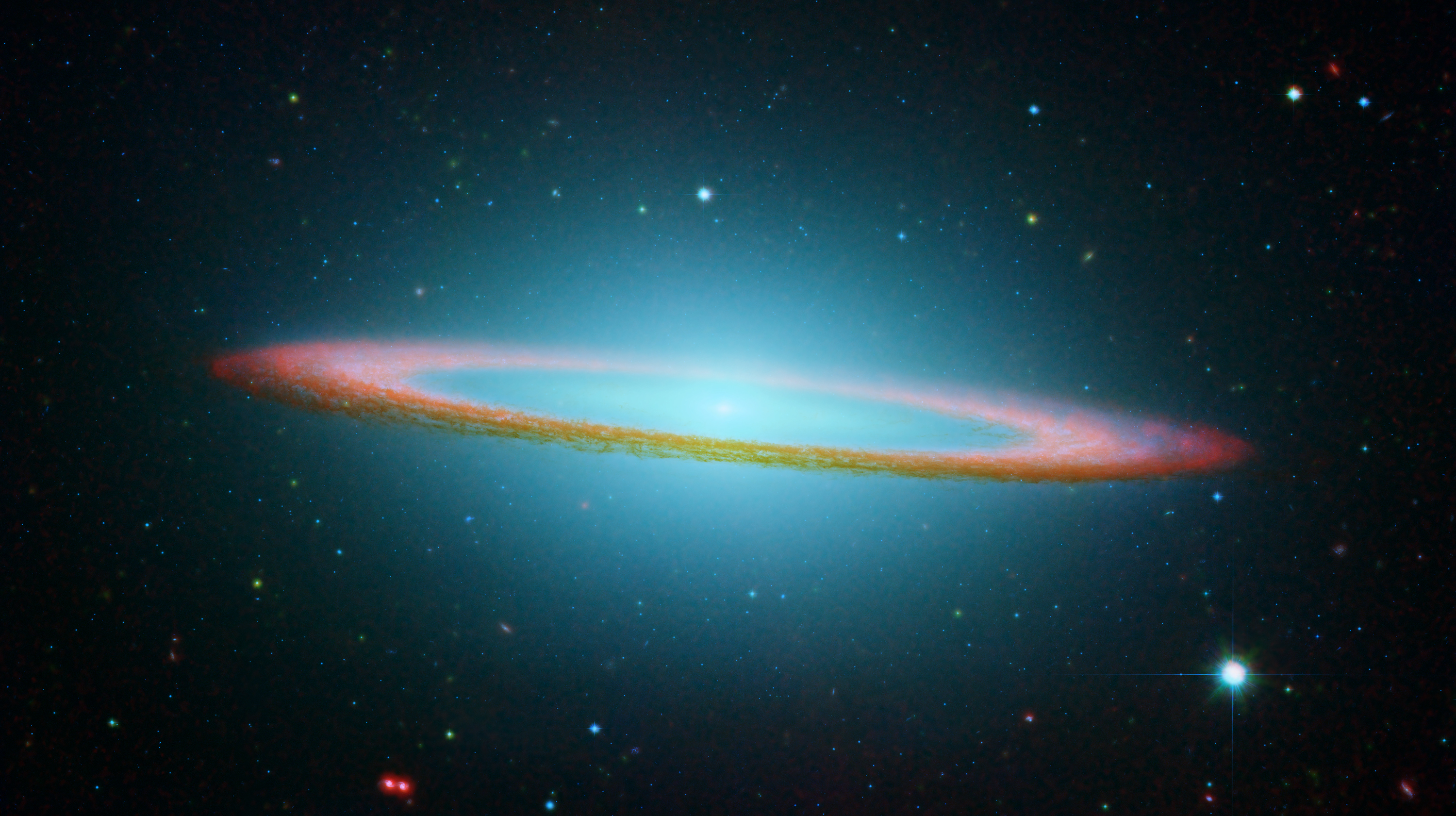12 Incredible Space Missions Set to Unravel Universe's Biggest Mysteries
Ready for a front row seat to the most ambitious quests in modern science? The universe is brimming with questions—from the riddle of dark matter to whether life ever took hold beyond Earth’s cradle. Right now, dozens of new missions are launching, orbiting, or prepping for cosmic journeys that would have seemed like science fiction just a decade ago. Whether you’re a die-hard space fan or someone who just wants to know what’s really out there, this is your moment to tune in.
1. Artemis Program: Moon Return & Deep-Space Gateway
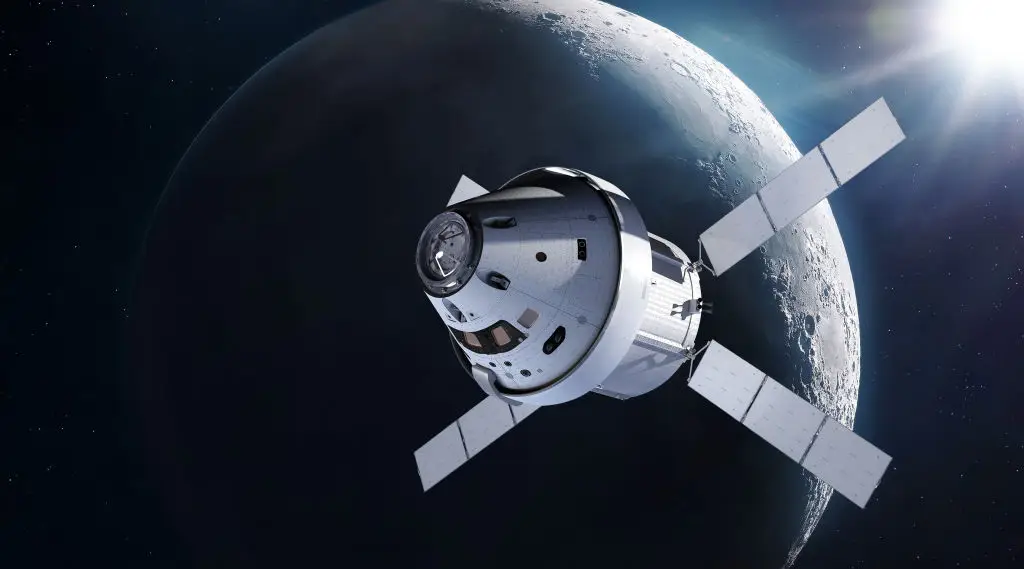
The Artemis Program marks the next giant leap for human spaceflight. Led by NASA with key support from ESA and other partners, Artemis is geared to return astronauts to the Moon’s surface, building a sustainable presence beyond Earth. The suite of missions includes the powerful Space Launch System (SLS) rocket, the Orion crew vehicle, and the Lunar Gateway station. Artemis I already circled the Moon without a crew, testing crucial systems that will keep future astronauts safe. Artemis II and III are coming up, with plans for crewed lunar landings and the first woman and person of color stepping onto the Moon. But Artemis isn’t just about flags and footprints—it’s laying the groundwork for deep-space exploration, giving us a training ground for future Mars missions and a foothold beyond Earth’s grasp. The focus on new technology, international teamwork, and big goals makes Artemis more than moonshots; it’s a blueprint for humanity’s next era in space. If you’ve been waiting for another “giant leap,” this program delivers.
2. James Webb Space Telescope: Peering into Cosmic Origins
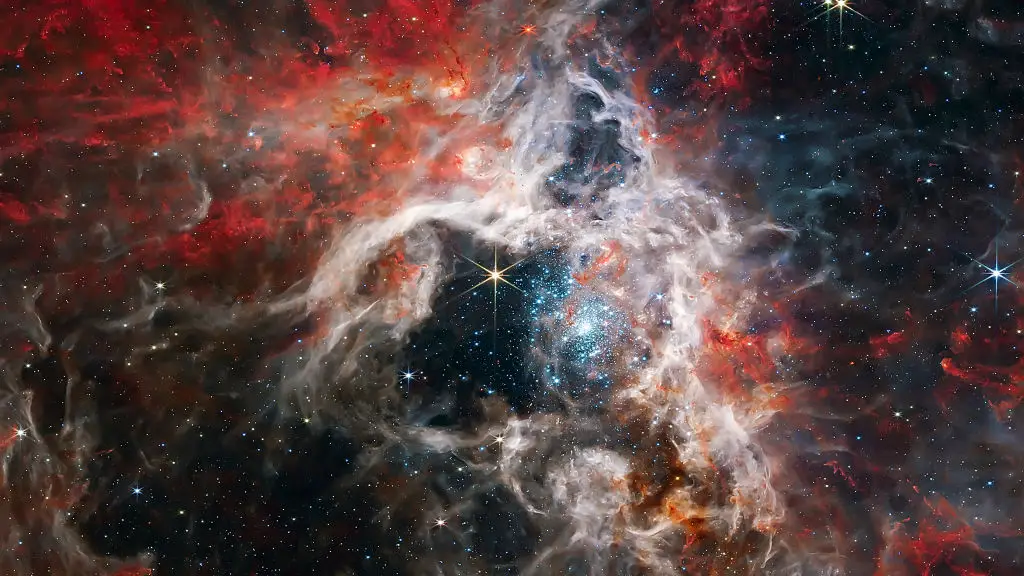
Meet the James Webb Space Telescope (JWST)—the most powerful space observatory ever launched. A collaboration between NASA, ESA, and CSA, Webb specializes in catching infrared light, making it possible to view galaxies and stars as they were billions of years ago. Since becoming operational in 2022, JWST has already rewritten the textbooks: it’s spotted some of the earliest galaxies, revealed the chemistry of alien worlds’ atmospheres, and explored cosmic events at the edge of time. Why does it matter? In short, Webb isn’t just snapping pretty pictures—it’s decoding how galaxies, stars, and planets first formed. The telescope’s golden mirror and deep-space perch let it peer through cosmic dust that blinds even its legendary predecessor, Hubble. Expect ongoing breakthroughs in everything from the search for habitable planets to unraveling the universe’s expansion. If you’re even a little curious about our origins, JWST is worth watching.
3. Mars Sample Return: Fetching Red Planet Relics
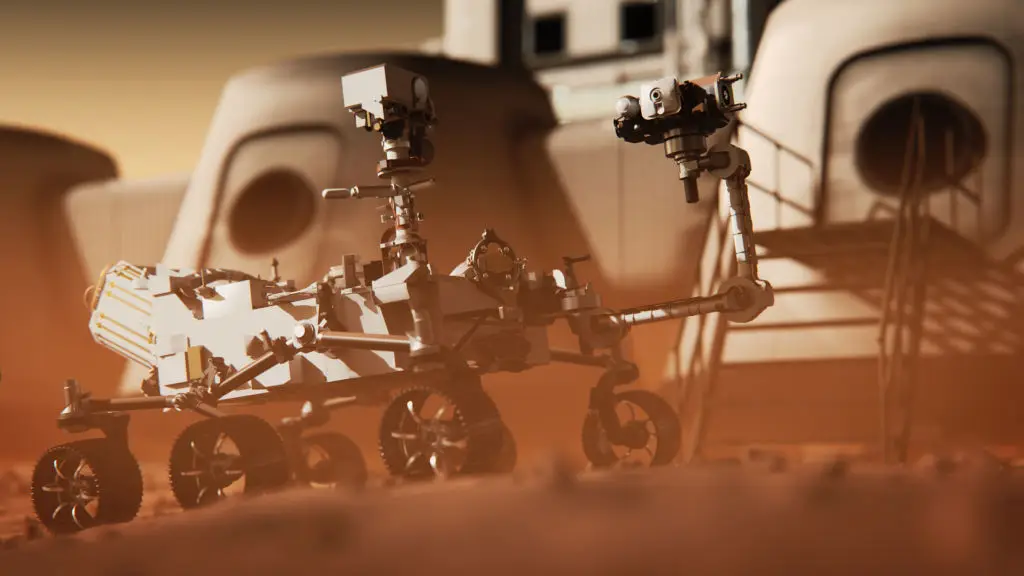
Mars might be the only planet in our neighborhood that’s kept us fascinated for decades. NASA and ESA are teaming up for the Mars Sample Return mission, the first-ever attempt to bring Martian soil and rock samples back to Earth. The journey begins with NASA’s Perseverance rover, which is already roaming Jezero Crater while tucking precious samples into sealed tubes. Upcoming spacecraft will play relay: a lander to grab the samples, a rocket to blast them off Mars, and an orbiter to catch and return them home. Why all this effort? Only on Earth can we truly unlock Mars’ secrets—potential ancient life, underground water, and the processes that shaped both planets. The mission is set for launch later this decade. If all goes well, Martian rocks could be on lab benches in the early 2030s, waiting to reveal whether our red neighbor ever hosted life.
4. Euclid Space Telescope: The Dark Universe Surveyor
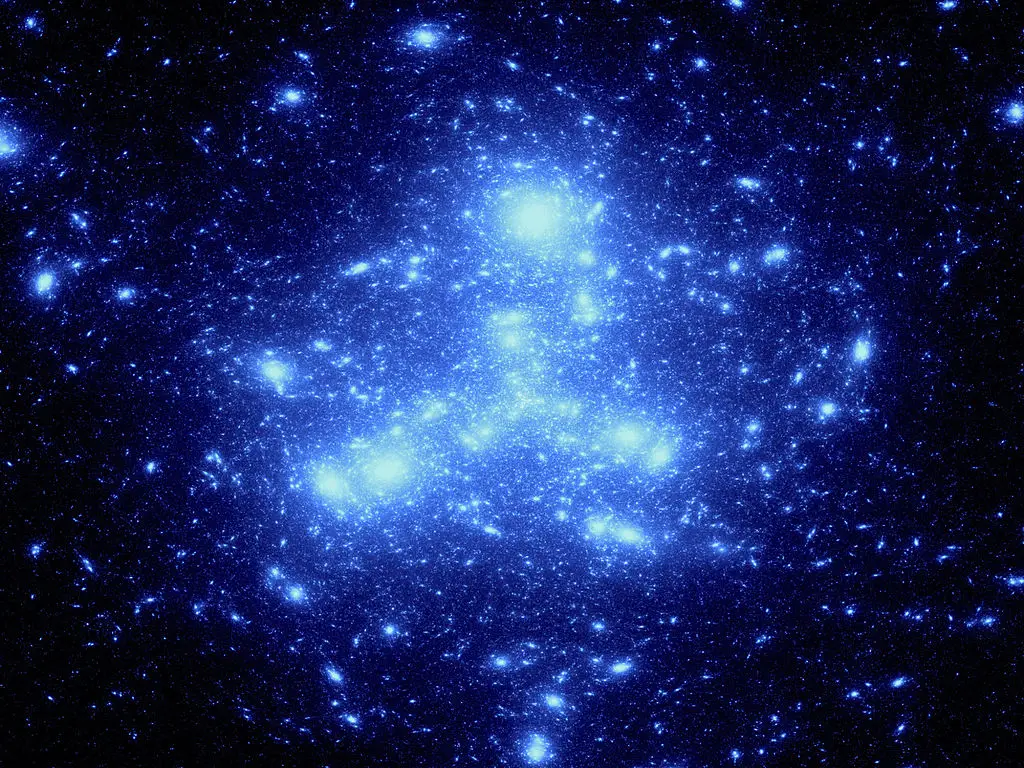
If you’ve ever wondered what holds the universe together (and what’s racing it apart), Euclid is the mission to watch. Spearheaded by the European Space Agency, Euclid launched in 2023 to map the mysterious dark matter and dark energy that make up the bulk of our universe. Its advanced instruments are capturing light from billions of galaxies, stretching across over a third of the sky. Scientists hope this grand cosmic survey will help explain how these hidden forces have shaped galaxies and the web of cosmic structure we see today. For the rest of us, Euclid’s work is about unlocking the biggest puzzle pieces of existence. What are dark matter and dark energy, really? How do they influence everything from galaxy clusters to the ultimate fate of the cosmos? Stay tuned—Euclid could provide clues that have eluded astronomers for generations.
5. Vera C. Rubin Observatory: The Living Sky Movie

Imagine a time-lapse movie of the entire night sky—night after night, year after year. That’s what the Vera C. Rubin Observatory, currently under construction in Chile, is set to deliver. Home to the Legacy Survey of Space and Time (LSST), Rubin will scan the southern sky every few nights, capturing everything from fleeting supernovas to lurking asteroids. The aim? To help scientists unravel mysteries surrounding dark matter, dark energy, and even the asteroid threats to our own planet. Rubin’s all-seeing eye will turn the cosmos into a living, breathing tapestry, mapping cosmic events as they unfold. Designed to be a resource for both researchers and everyday stargazers, this observatory is setting the stage for discoveries nobody’s even imagined yet. The sheer scale of its survey is staggering—and it promises to add thrilling new chapters to our cosmic story.
6. JUICE: Exploring Jupiter’s Icy Secrets
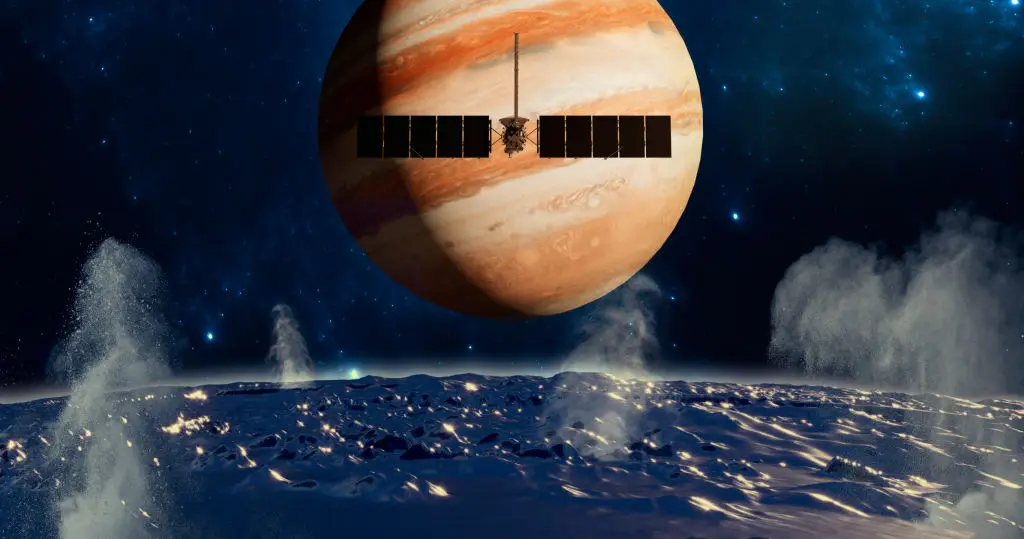
What if somewhere beneath the icy crust of Jupiter’s moons, there are oceans—maybe even habitats for life? That question is at the heart of the European Space Agency’s JUICE (Jupiter Icy Moons Explorer) mission. Launched in 2023, JUICE is on an eight-year journey to Jupiter, with a particular focus on Ganymede, Europa, and Callisto. These moons aren’t just cold rocks; they’re some of the solar system’s most promising candidates for subsurface oceans and, just possibly, the building blocks for life. JUICE will orbit Ganymede and make close passes by the others, analyzing magnetic fields, surface chemistry, and more. Scientists hope the findings will shed light on whether alien life could thrive in such extreme environments. It’s a long wait until JUICE reaches Jupiter in 2031—but the discoveries could be worth every second.
7. Psyche Mission: The Metal World Explorer
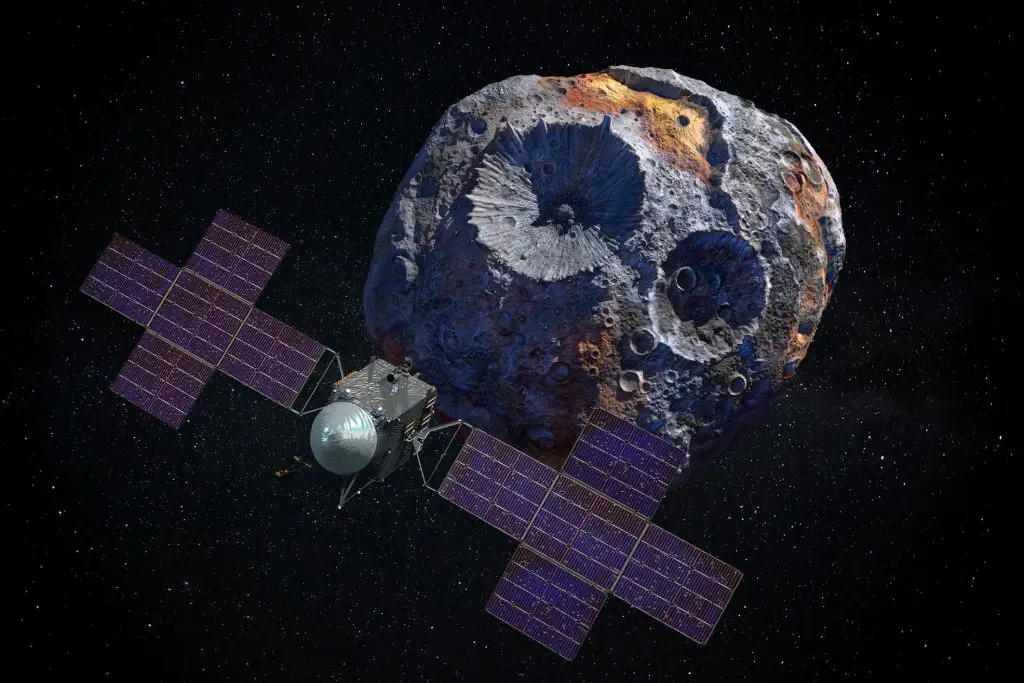
Rocks and ice aren’t the only things floating between Mars and Jupiter—there’s a giant, metal-rich asteroid named Psyche, too. NASA’s Psyche mission is heading right for it, aiming to explore a hunk of exposed planetary core up close. Scheduled to arrive in 2029, the spacecraft will help scientists figure out how planets like ours are born from chaos and collisions. What makes 16 Psyche special? It’s mostly nickel and iron, unlike any other asteroid we’ve studied. By scanning its surface and innards, Psyche could reveal what our own planet’s core looks like—and why some worlds end up rocky, some gassy, and some stuck in between. For geology buffs and daydreamers alike, there’s a certain thrill in finally visiting this mysterious metal world.
8. Tianwen-2: China’s Comet & Asteroid Collector
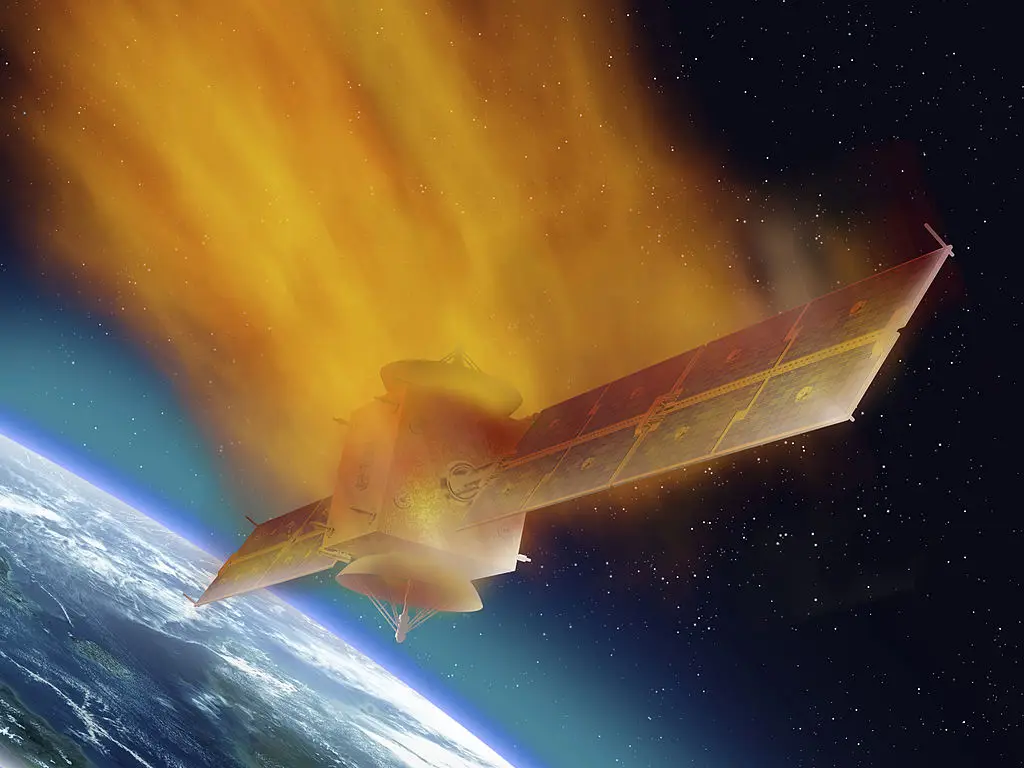
China’s deep-space ambitions are scaling up fast, and Tianwen-2 is the proof. Following the success of Tianwen-1 (which landed on Mars), the China National Space Administration (CNSA) is aiming for both a near-Earth asteroid and a comet. Scheduled for launch in 2025, Tianwen-2’s mission is two-fold: grab samples from a small, fast-moving asteroid, then swing deeper into space to chase a comet. By analyzing these untouched relics, scientists hope to learn more about the building blocks of the early solar system—and maybe, down the line, protect Earth from cosmic threats. For a world increasingly reliant on global science partnerships, Tianwen-2 is a milestone: it shows just how interconnected our pursuit of the universe has become.
9. SPHEREx: Mapping the Infrared Universe
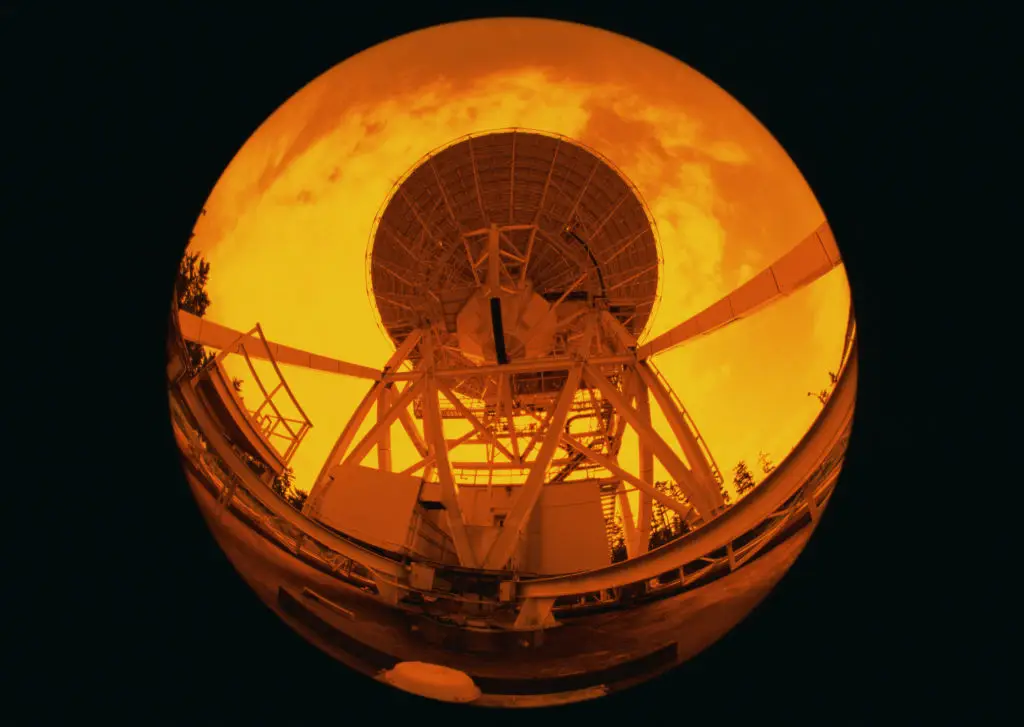
Think of SPHEREx as the universe’s ultimate mapping project—only instead of roads and cities, it’s charting galaxies, dust, and water across the cosmos. Set for launch in 2025, this NASA infrared telescope will create a detailed 3D map of the entire sky, aiming to reveal secrets about cosmic inflation, the history of galaxy formation, and even the ingredients for planets. What’s unique? SPHEREx will scan in over 100 different colors of infrared light, spotting phenomena invisible to ordinary telescopes. These insights are expected to fuel discoveries about where water (and maybe life) might form in planetary nurseries far from Earth. The results? New clues about the birth and fate of the universe, all delivered in vivid infrared detail.
10. Nancy Grace Roman Space Telescope: The Exoplanet & Dark Energy Hunter
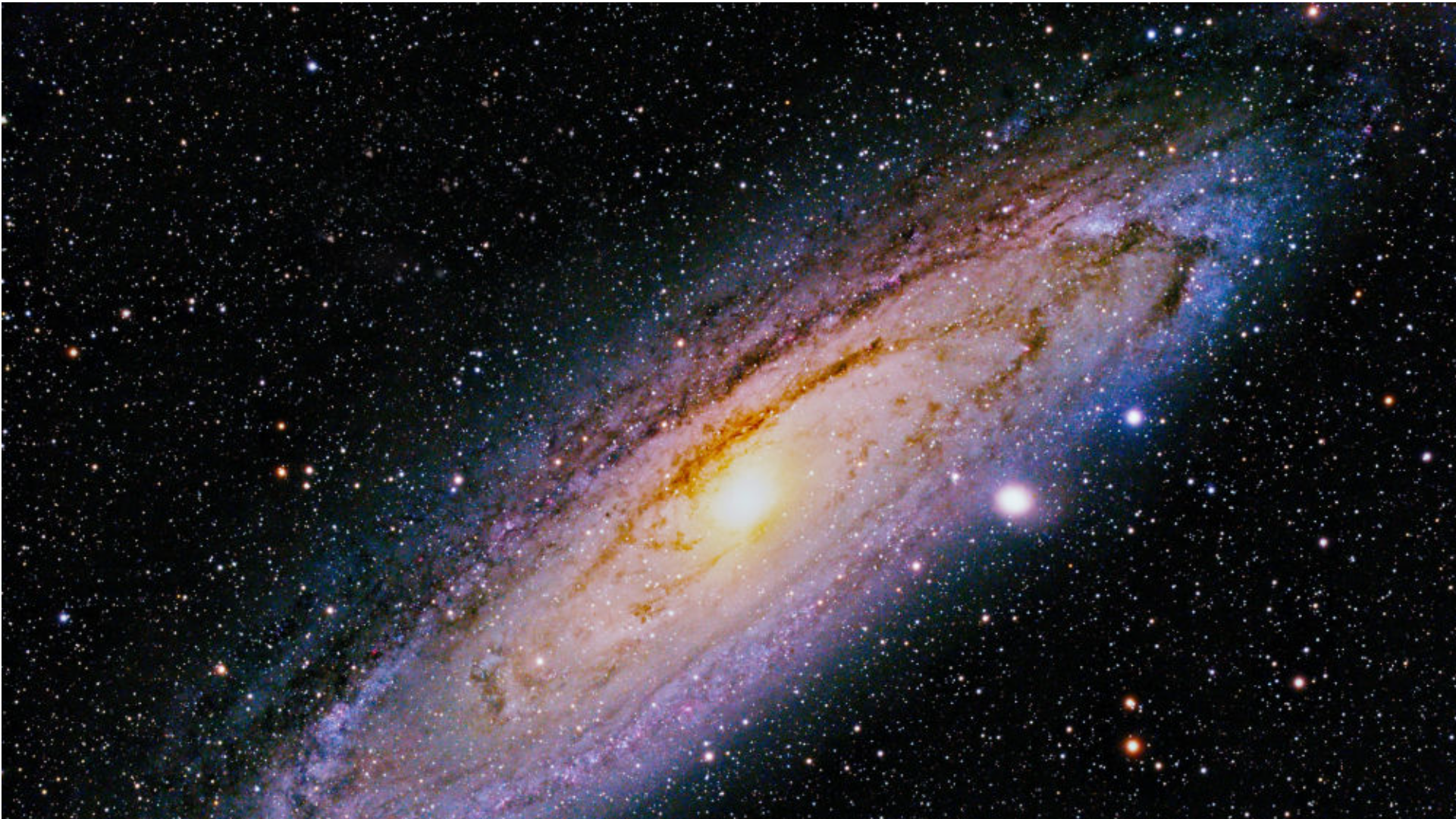
How many distant planets are out there, and how do stars and galaxies take shape over cosmic time? The Nancy Grace Roman Space Telescope, NASA’s upcoming powerhouse observatory, aims to tackle those two huge questions. Slated for launch by the late 2020s, this wide-field telescope will scan immense swaths of sky, hunting for supernovae, mapping dark energy, and cataloging a menagerie of exoplanets. With a field of view 100 times larger than Hubble’s, Roman will make sweeping surveys that could rewrite our understanding of the cosmos’ expansion and the diversity of alien worlds. The anticipation is sky-high—because what Roman finds may shift not just how we see the universe, but our place within it.
11. Aditya-L1: India’s Window into the Sun

Think you know the Sun? India’s Aditya-L1 spacecraft is designed to study our star in ways we’ve never managed before. Launched in 2023 by the Indian Space Research Organisation (ISRO), it’s stationed at the L1 Lagrange point—a sweet spot where it can monitor the Sun’s outer layers, solar wind, and magnetic storms. Solar activity might sound abstract, but it can disrupt GPS, power grids, and satellites here on Earth. By understanding the corona and predicting solar eruptions, Aditya-L1 could help us protect the tech we rely on every day. Plus, it marks India’s leap onto the world stage in solar science, giving all of us another window into the dynamic forces at the heart of our solar system.
12. LISA: Listening for Gravitational Waves
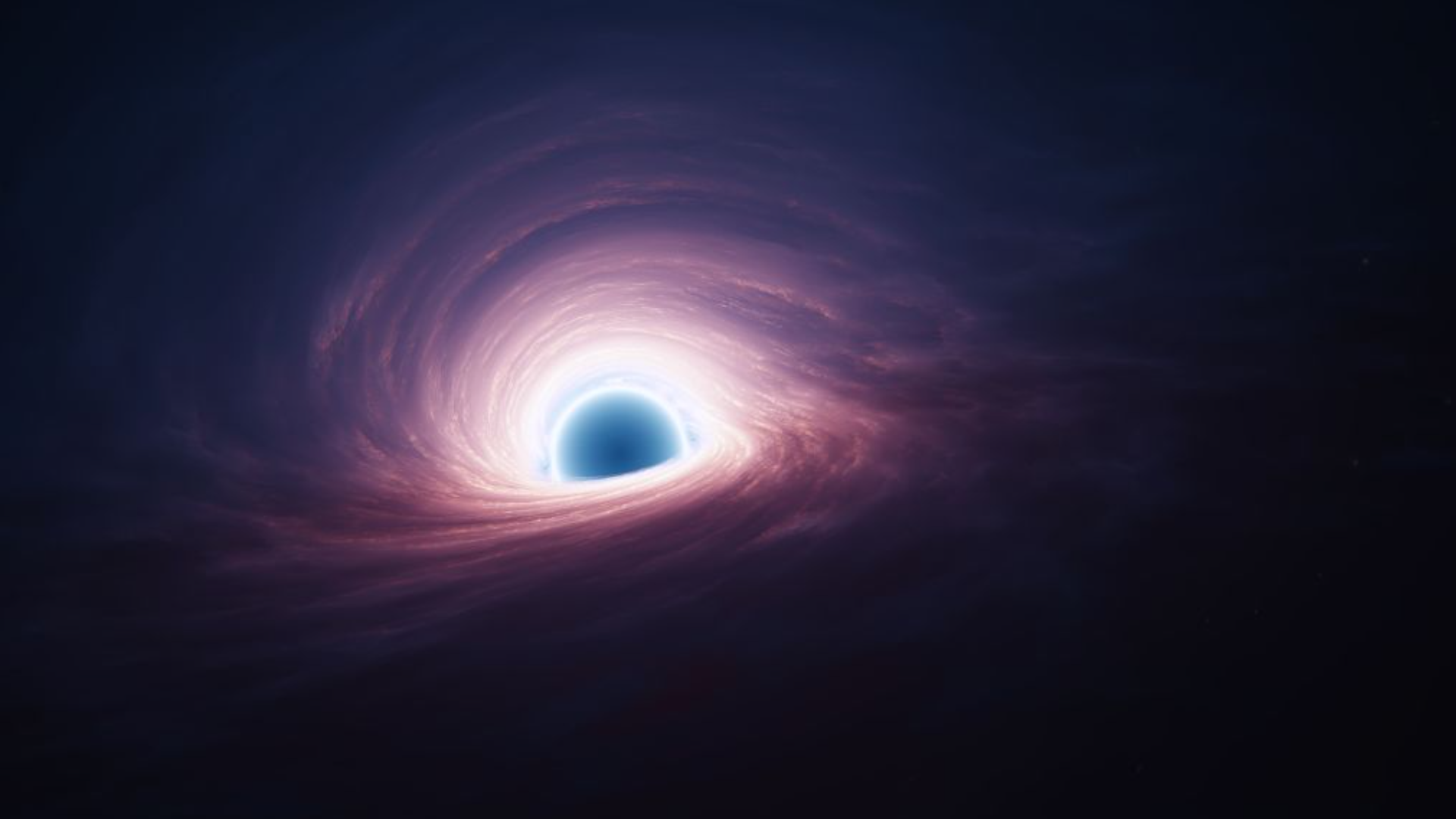
The universe isn’t silent—it “rings” with ripples called gravitational waves, created when massive objects like black holes collide. Enter LISA (Laser Interferometer Space Antenna), a grand partnership between ESA and NASA targeting the late 2030s. This trio of spacecraft will form a giant triangle in space, measuring tiny changes in distance as gravitational waves pass by. Why go to all this trouble? LISA will open a whole new window on the universe, listening to cosmic events impossible to detect any other way. Black holes merging, neutron stars spinning—our understanding of the most powerful happenings in the cosmos will never be the same. For anyone who’s wondered what secrets the universe is still hiding, LISA offers a chance to listen in.
What’s truly wild about today’s space revolution is the shared sense of curiosity and teamwork. Missions from the US, Europe, China, and India are all driving toward the same questions: Where did we come from? How does the universe work? And are we alone? Each spacecraft and telescope, whether heading to the Moon, scanning the sky, or bringing home bits of Mars, is part of this bigger journey we’re all on together.



